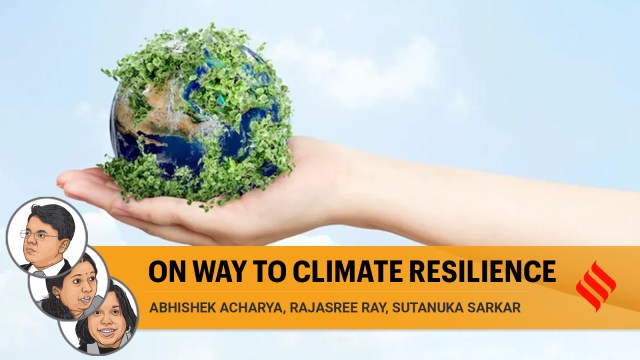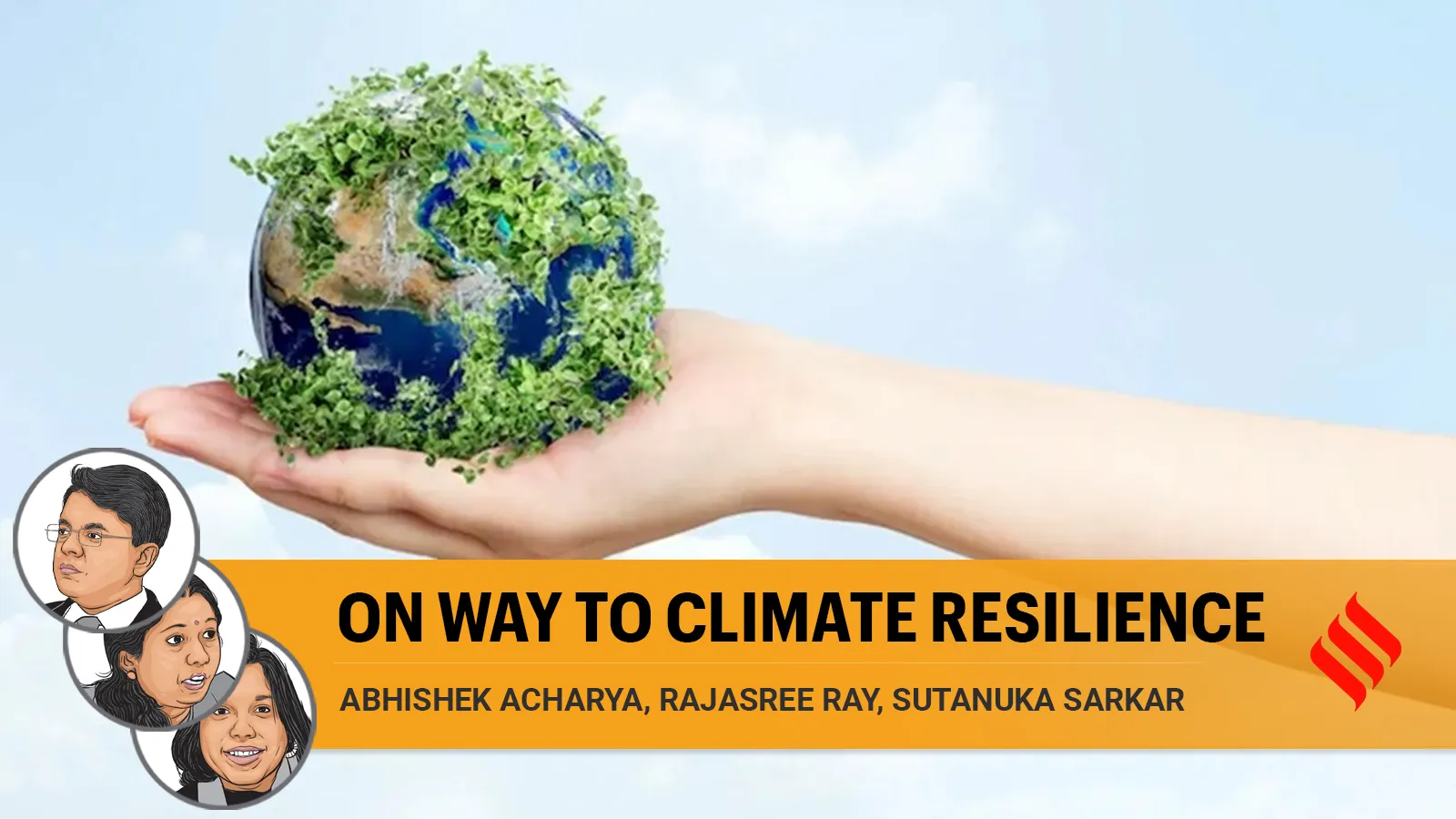
With the severity of climate impacts being evident worldwide, the urgency for adaptation strategies has gained momentum. The first global stocktake at COP28 highlighted the fragmented and unequally distributed adaptation process globally and that “significant adaptation gaps still exist across sectors and regions”. The importance of the global goal on adaptation (GGA) of enhancing adaptive capacity, strengthening resilience and reducing vulnerability to climate change was reflected in the decision for the need for planning and implementation efforts by all parties.
The GGA is a comprehensive framework aimed at enhancing adaptive capacity, strengthening resilience and reducing vulnerability with a view to ensure an adequate response guiding countries in their efforts. This is crucial for developing nations like India who are at the frontline of climate impacts. The UAE Framework for Global Climate Resilience is also expected to guide and strengthen efforts. This includes: a) impact, vulnerability and risk assessment; b) a country driven planning process; c) implementation of adaptation plans, policies and strategies by 2030; d) establishing and operationalising a system for monitoring, evaluation and learning.
The framework also outlines specific targets for 2030, such as reducing climate-induced water scarcity, attaining climate-resilient food production, enhancing health services to mitigate climate-related impacts. However, an ostensible lack of “Means of Implementation” in the framework is an issue.
The first global stocktake called for increased ambition and support, particularly in adaptation finance. The 2023 Adaptation Gap Report reveals a growing finance gap, currently estimated at $366 billion per year. This is a significant barrier to implementing effective adaptation measures in developing countries.
The recent negotiations in Bonn in June 2024 provided a flavour of the intense divergence between developed and developing countries especially on the Means of Implementation (MoI), the principle of common but differentiated responsibilities and the role of the adaptation committee. Developing countries emphasised the critical need for public finance, technology transfer, and capacity building to support their adaptation efforts.
Implementing GGA within the adaptation strategies of developing countries presents both challenges and opportunities. Among the challenges, the deficiency of MoI is the biggest one. Developed countries need to fulfil their climate finance obligations, recognising the scope, scale and speed of climate finance required to take climate actions. A strong revamp of institutional governance will be critical. This needs to be supplemented with data availability and proficient predictive models, which should be developed and executed for effective strategies.
Again, successful implementation can significantly bolster a country’s resilience to climate impacts, while robust participation of the private sector and investment in adaptation can drive economic growth by creating jobs and protecting livelihoods.
Globally, GGA can serve as a unifying objective that aligns national and international efforts towards a resilient future. India faces a range of climate-related challenges, including extreme weather events, rising sea levels, and fluctuating agricultural yields, which threaten the livelihoods of millions. By utilising the GGA, India and other developing countries can bolster their adaptive strategies, thereby safeguarding their populations and economies.
India has advocated for strong policy frameworks, capacity building, and enhanced financial support from developed nations. The development of indicators for measuring progress towards GGA targets is a critical task under the UAE-Belem work programme. These indicators must reflect the diverse realities of developing countries.
Effective implementation of GGA and enhancing global climate resilience require strengthening the policy framework with clear guidelines to develop and disseminate consistent and sustainable practices. Besides, capacity building for government officials, community leaders, and other stakeholders to build expertise in climate adaptation will help in institutional strengthening. Dedicated resources through domestic sources, including innovative financing mechanisms and transfer of finance and climate-resilient technologies from developed to developing countries require due emphasis.
The June 2024 negotiations exemplified the need for collaboration and compromise. The consensus reached on the modalities of the work programme allows for the commencement of indicator development. However, the underlying tensions between developed and developing nations regarding financial commitments and support mechanisms persist. The upcoming negotiations at COP 29 in Baku will be crucial in resolving these issues and moving forward with the GGA.
India’s commitment to the GGA and active participation in international climate negotiations underscore the nation’s dedication to building a sustainable and resilient future. The journey towards achieving the GGA is challenging, but with collaborative efforts and robust policies, a sustainable future is within reach.
The writers are with the Ministry of Environment, Forest and Climate Change



